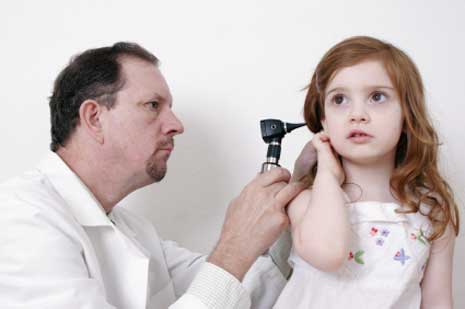Environmental Medicine: International Appeal From Würzburg
International Appeal from Wuerzburg
The European Academy for Environmental Medicine (EUROPAEM) invited many renowned national and international scientists and health care professionals to a medical conference held in Wuerzburg, Germany from April 23 to April 25, 2010. These professionals were from the fields of environmental medicine, toxicology, immunology, neurology and genetics and other health fields as well as physicians and dentist. Also in attendance were representatives of patient initiatives. The theme of this international medical conference was Science Meets Practice. It dealt specifically with the issues of Neuro- Endocrine- Immunology and their importance in environmental medicine.
Greatly concerned, participants noted the increasing prevalence of chronic multisystem illnesses such as multiple chemical sensitivity (MCS), chronic fatigue syndrome (CSF), fibromyalgia (FMS) as well as cardiovascular diseases, metabolic syndrome, neurodegenerative diseases, auto immune diseases, and cancer.
At the conference it was impressively demonstrated that these chronic diseases are based on similar pathological mechanisms. Common mechanisms are chronic inflammatory processes influenced by environmental factors including chemical pollutants, biological infectious agents, and electromagnetic field (EMF) triggers.
Chronic diseases mean long-term patients and such patients require consecutive higher medical costs. This often leads to social exclusion of the affected people. Facing the appalling reports of Europe´s growing financial constraints, especially in public health, a further increase of chronic illnesses will accelerate the ongoing collapse of the National Health Service and medical insurance companies in Europe. Remedy is only possible with a change of priorities from today´s unilaterally symptomatic oriented medicine to causally oriented medicine focusing on cost-effective primary prevention.
Conference participants addressed an urgent appeal to the European environment and health ministers, to the European Commission, the European parliamentarians, national governments and to the directors of social and private insurance companies. They urge them to take these findings and developments into serious consideration, stressing and weighting financial investments primarily in prevention, precaution and best early detection and diagnosis of these chronic and environmentally related illnesses.
All over Europe this requires the full awareness of these research findings of the practicing physicians of environmental medicine and their integration into university research and teaching. The European governments are asked to finally implement the already ratified decisions of the Fourth Ministerial Conference on Environment and Health Ministers held in Budapest in 2004.
This appeal was unanimously adopted by the congress.
Wuerzburg April 25, 2010
For the board of EUROPAEM,
Jean Huss, Vice-Chairman
Dr. Kurt Mueller, Chairman
Dr. Peter Ohnsorge, Managing Chairman
Dr. Hans-Peter Donate, Press, Responsible





